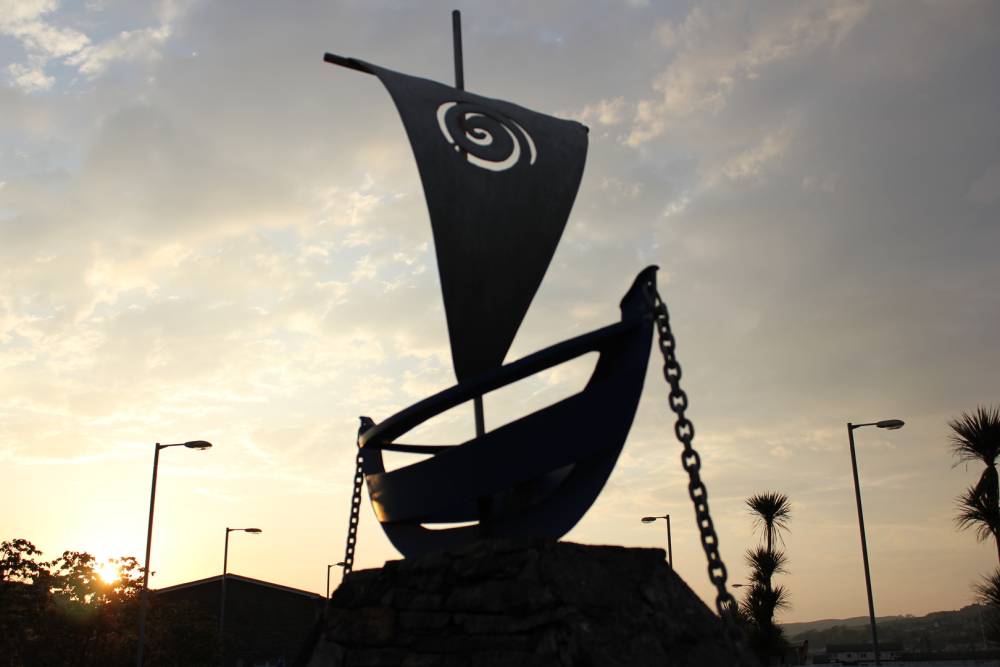Cradle of the nation
Iain Johnston
Cradle of the nation
The Celtic sea kingdom of Dalriada or Dalriata stems from the name of an ancient kindred leader who ruled the coastal reaches of Antrim in Northern Ireland. This man’s name was Caibre Riata – Dal-riata simply meaning Riata’s share – who was the grandson of a legendary figure from Irish history, ‘Conn of a Hundred Battles.’ Around the end of the third century AD, Caibre Riata crossed to Alba to marry a southern Pictish princess, the long finger of Kintyre eleven miles from the Antrim coast his nearest and safest landfall.
Local history resounds to his name and he reputedly brought with him one hundred currachs – an ancient Irish skin covered river boat, although in this case wooden-hulled and larger to accommodate the longer sea journey. The legendary sea-going currachs were said to contain twelve sets of oars, with each ship crewed by members of the same extended family, two thousand plus dedicated and committed warriors united by the close bonds of relationship. So it was that the first influential steps were taken to unite two distinct kingdoms, lands on either side of the North Channel already familiar to one another through trade and ancient discourse - notably alliances to reject the threat of Roman colonisation.
These people were known to imperialist Rome as the ‘Scotti,’ followers of a legendary and mysterious figure from ancient Irish history – the Egyptian princess Scota. It is a name that has echoed through the ages, a long and arduous journey before being adopted to represent the modern nation of Scotland. The country’s long line of Celtic rulers has been traced to Fergus MacErc - circa 500 AD - leader of the later-named kindred of Gabhran or Gowrie, the men of Kintyre – ‘The Scots, A Genetic Journey’ – Alistair Moffat and James F. Wilson.
Here lies the origins of a nation, the overlooked and long-lost ‘Dalruadhain,’ a modern district of Campbeltown and original ruling place or Parliament of the Scotti. Here - near the medieval ruins of Colmceille Church, Southend - is the ‘fealty footprint’, sometimes called St Columba’s Footprints. Also close is the accepted burial place of the first consecrated ruler, Aiden, at Kilkerran. [Follow then in footsteps of Saints and Kings to the land of Fergus – ‘Tirfergus’ – the birthplace and cradle of the nation}(https://www.argyll-bute.gov.uk/sites/default/files/Heritage%20trail%20leaflet.pdf).
As told by Alex McKinven
More information on visiting the area can be found here.
